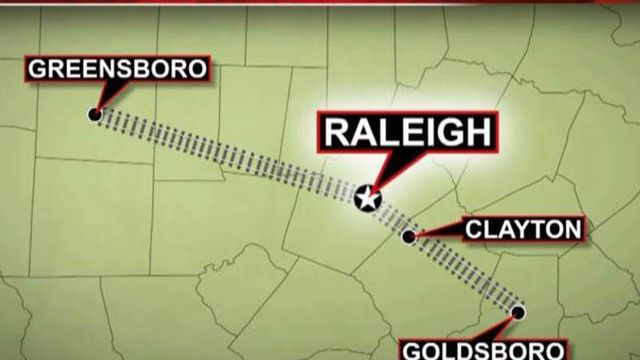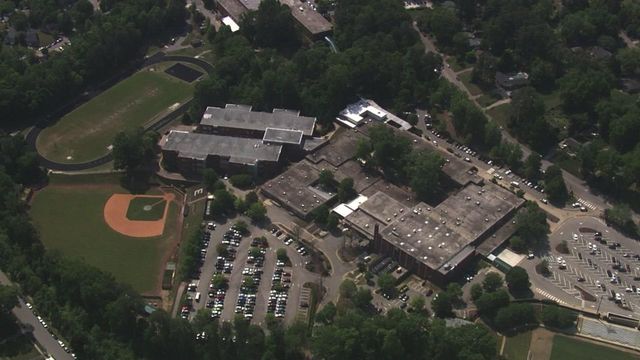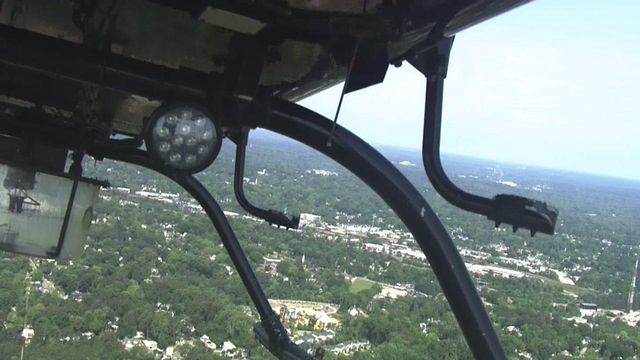Study recommends commuter rail from Durham to Johnston County
The best option for a commuter rail system in central North Carolina would be to run trains between Durham and the Johnston County town of Wilson's Mills, according to a study released Tuesday.
The North Carolina Railroad Co., which owns a 317-mile rail corridor that stretches from Charlotte to Morehead City, studied the potential interest among commuters for a rail line stretching from Greensboro to Goldsboro and determined the Triangle was the most feasible location for commuter rail.
A consultant hired by the NCRR estimates that a 50-mile commuter rail line from Durham to Wilson's Mills, which would include Research Triangle Park, Cary, Raleigh and Clayton, would attract 2 million riders by 2022.
"The study shows the ridership demand will be there," North Carolina Transportation Secretary Gene Conti said.
The study, which also said commuter rail could succeed between Burlington and Greensboro, found the success of a commuter rail system depends largely on the quality of area bus service for train riders to get where they need to go.
An earlier NCRR study determined that new tracks could be laid within the company's 200-foot-wide corridor, allowing commuter trains to run alongside the freight trains that use NCRR rail lines daily.
"The highway system is built out. (Commuter rail) is very forward-thinking," NCRR President Scott Saylor said.
The cost for the project was estimated at $5 million to $7 million per mile for trains and tracks, which would mean a 50-mile commuter rail line would cost $250 million to $350 million.
Conti called that price tag a modest investment compared to building more highways for Triangle commuters.
"If you're looking to build a mile of interstate highway, you're looking anywhere from $30 million to $50 million a mile. So, building a rail operation at $5 million a mile is a pretty good deal," he said.
Amy Spence, who drives from Johnston County to her job in Raleigh every day, said the projected $2 to $3 cost to ride a commuter rail line also would be a good deal.
"That would certainly save me a lot of money" on gas and wear and tear on her car, Spence said.
Then, there's the aggravation of rush-hour traffic on Interstate 40.
"It's never a smooth ride in the afternoon. There's usually back-ups," Spence said. "No more road rage (with a train). That would be nice."
The study didn't address how to finance construction of the rail line, but officials said funding would likely come from the DOT, federal dollars and local governments. Raleigh Mayor Charles Meeker has floated the idea of a half-cent local sales tax to generate money for transit.
Supporters say it would take at least five years to get a commuter rail line in place in the Triangle.











